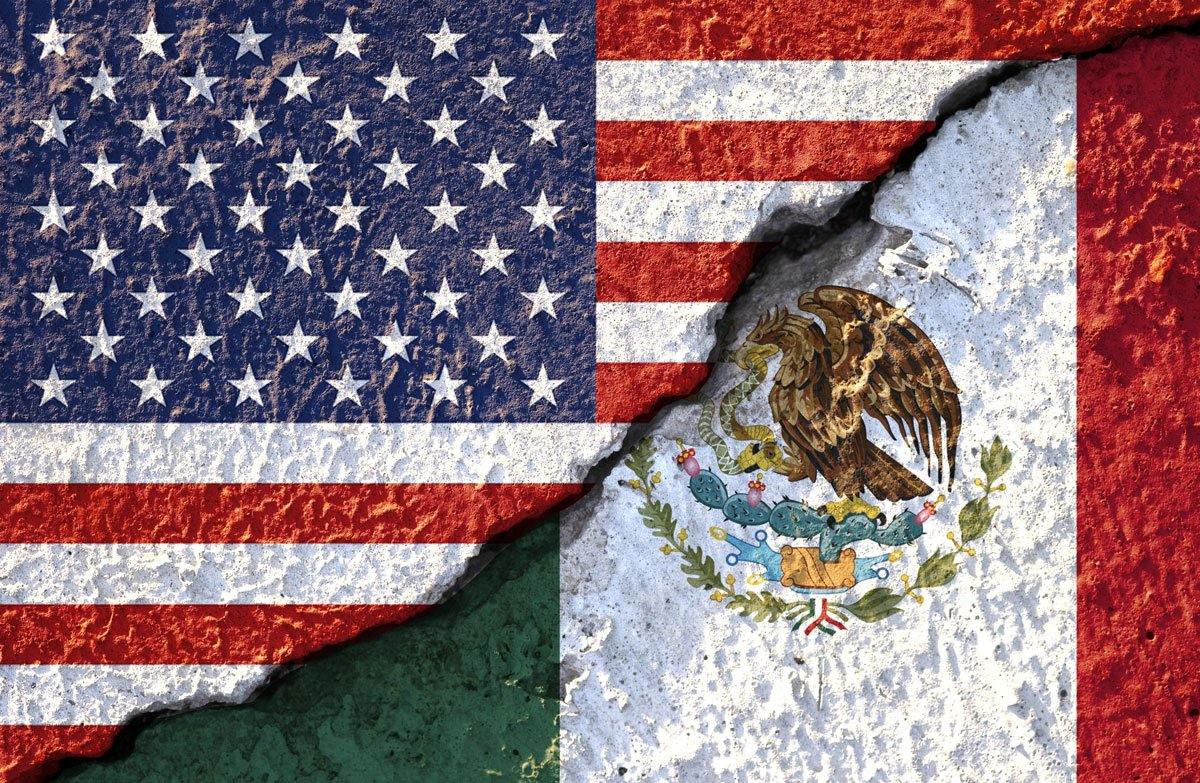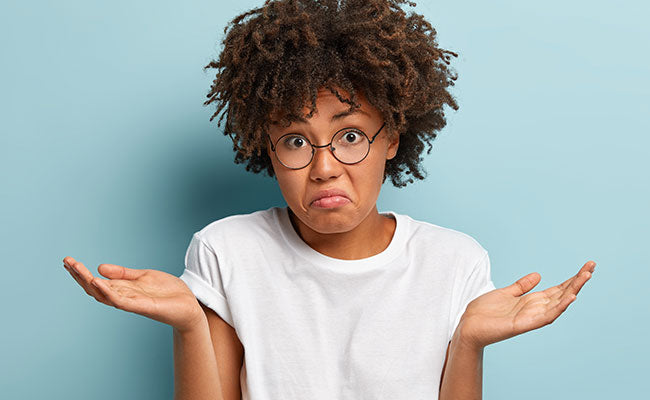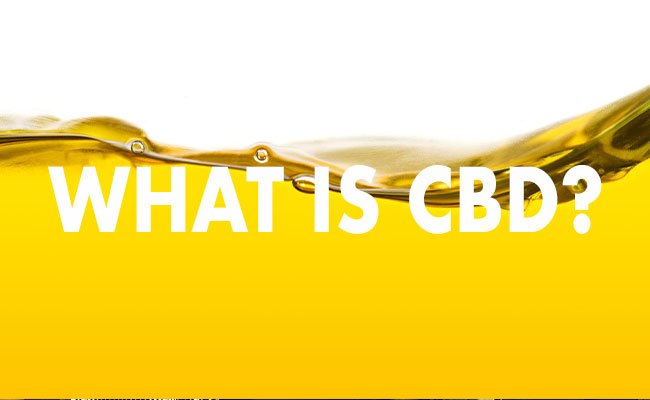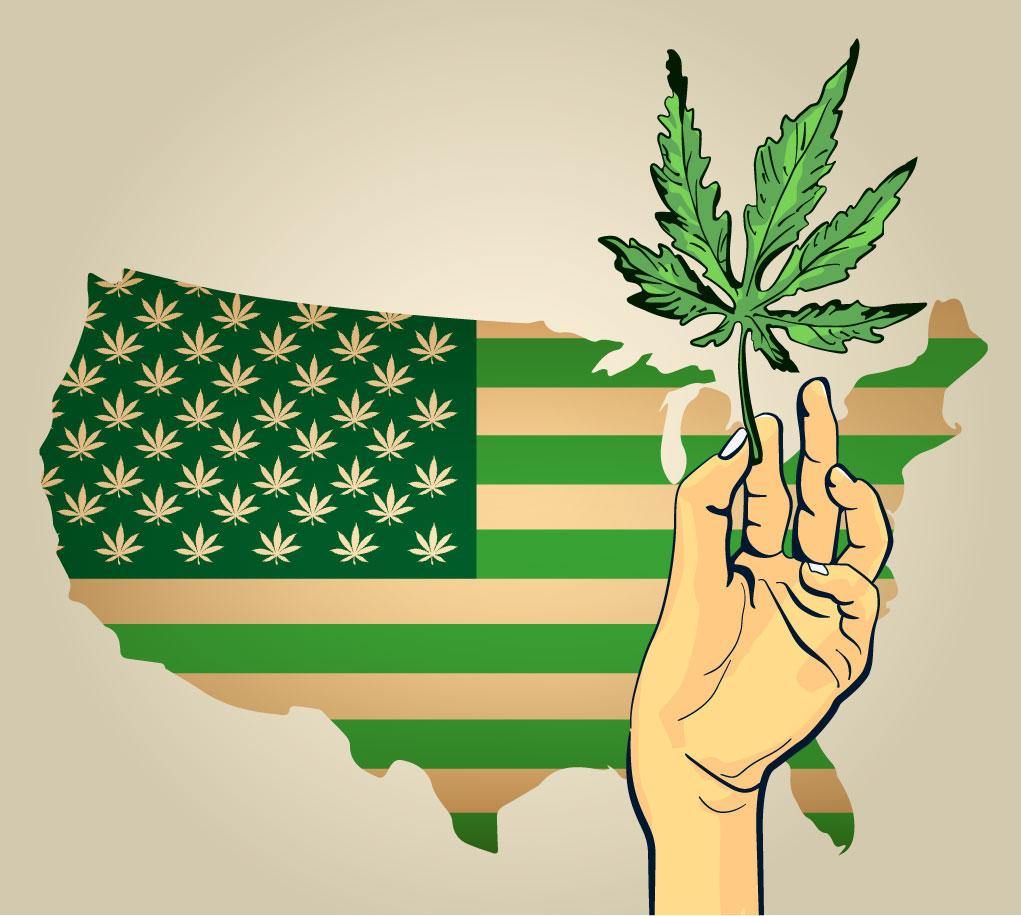
The History of Hemp | Part 2
WRITTEN BY DAVINA KAONOHI
The Challenging Path to Legalization
The propaganda around cannabis began to surface in the early 1900's as a product of Americans' growing prejudice towards the influx of Mexican immigrants after the Mexican Revolution. The Mexican immigrants had their own use for cannabis and referred to it as "marihuana." Not only did they use it for medicinal purposes, but they smoked it recreationally, which was a new concept for Americans. Politicians quickly jumped on the opportunity to label cannabis "marihuana" in order to give it a bad rap by making it sound more authentically Mexican at a time of extreme prejudice.
During this time many anti-marijuana campaigns were conducted to raise awareness about the many harmful effects the drug caused, including statements that marijuana turned users into killers and drug addicts. These false statements were made up in an attempt to get rid of Mexican immigrants.
The War on Cannabis
The all-out war against marijuana started when Harry J. Anslinger was named director of the Federal Bureau of Narcotics. He created a narrative that the plant was something foreign that was invading the United States, rather than accurately portraying it as something that had been used within the country for hundreds of years. As he began to build his new agency, he realized that opiates and cocaine would not be enough, so he turned towards marijuana. He worked relentlessly to make it illegal. Here are some of his quotes he used to propel white Americans to start turning against Cannabis:
“There are 100,000 total marijuana smokers in the US, and most are Negroes, Hispanics, Filipinos, and entertainers. Their Satanic music, jazz, and swing, result from marijuana use. This marijuana causes white women to seek sexual relations with Negroes, entertainers, and any others.”
"Reefer makes darkies think they are as good as white men.”
”Marihuana leads to pacifism and communist brainwashin"
”Marijuana is the most violence-causing drug in the history of mankind.”
This started fueling films and propaganda pieces like the infamous Reefer Madness, continuing to impact the public’s opinion of cannabis.
To further make hemp and cannabis perceived as something bad, William Randolph Hearst, a newspaper owner who had a significant stake in the timber industry and disliked the Mexican immigrants, encouraged advertising and articles in his newspapers citing the dangers of cannabis. Hemp was a potential threat to Hearst’s timber business for paper production. Plus telling outright lies about Mexicans and the violence marijuana was causing sold newspapers, bringing him significant profits. Some of these articles were later used by Congress in their decision to ban hemp.
Additionally, Anslinger and Hearst were then supported by various pharmaceutical companies to try to outlaw cannabis because people could grow it themselves. They knew how versatile the plant was in treating a wide range of medical conditions and that meant a loss of profits.
So they all teamed up to form The Marijuana Tax Act of 1937 which banned both hemp and cannabis from being sold in the United States. Cannabis was made illegal in an attempt to illicit racism against the Mexican immigrants, to help corporations with competing industries, and to help boost the profits of large pharmaceutical companies. The impacts of these false campaigns are still felt today.
Things just continued to spiral downwards. The first detention for the sale of cannabis occurred on October 2, 1937. In 1942, cannabis was excluded from the American Pharmacopoeia and the medical use of marijuana was no longer recognized throughout the the United States. From here, the number of countries in which this plant was outlawed skyrocketed, in proportion to the requests of many companies related to health and medicine to stop these policies.











